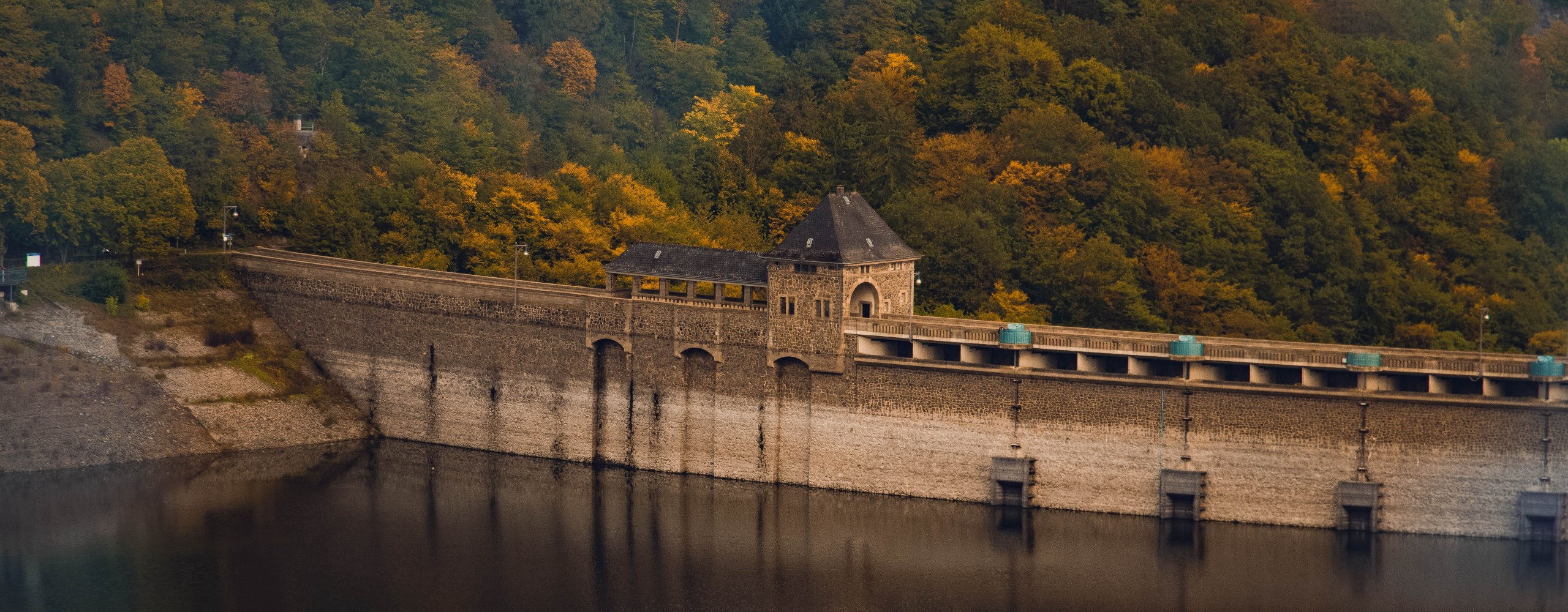
Numerical Assessment of an Overall Instability at Bajo de La Alumbrera Mine (2021)
Located in Catamarca Argentina, the Bajo de La Alumbrera open pit mine experienced a large-scale instability along its southwestern wall on May 31, 2017. Itasca performed additional numerical modeling analyses to back-analyze the 2017 instability to predict Factor of Safety (FS) contours and consider options to mine the remaining ore at the bottom of the pit.

Simulating Slope Displacement using IMASS Modeling (2021)
In early 2021, the eastern wall of the WCP experienced significant displacements after the active mining reached weak diabase sills at the toe of the open pit. Itasca used FLAC3D to back-analyze the open pit slope displacements measured by radar and inclinometers. The use of the IMASS (Itasca Model for Advanced Strain-Softening) constitutive model enables the representation of emergent damage and strength loss, rather than predefining it.

Caving Propagation Study for the Esmeralda Block 1 (2020)
With the transition from Open Pit to Block Cave mining at the Chuquicamata Underground Project, it was necessary to validate ITASCA´s caving algorithm (IMASS) as used to predict caveability in a structurally controlled environment. CODELCO proposed a case study at Esmeralda Mine, El Teniente Division, which was known to have been influenced by the presence of a few major faults in its development.

Numerical simulations of shield support for a coal mine (2019)
The development and mining of a deeper seam in a coal mine, located in southern Siberia is planned. ITASCA was tasked with assessing the minimum support pressure and maximum unsupported distance between shield and coal face required to ensure stability of the roof. Also the stress state, displacement field and excavation damaged zone in the roof of the seam were analyzed.

Pore Pressure Model for Large Open Pit Mine in the North of Chile (2019)
For over five years, Itasca Chile SpA (Itasca) has developed and continuously updated, the 3D numerical groundwater flow model for this open pit mine in Chile. The model is primarily used to estimate pore pressure distributions for past, present, and predictive stages of the pit excavation. These are subsequently used for 3D slope stability analysis. With the new and updated model, new predictions for future stages were made, and new mining and drainage plans were evaluated from a hydrogeological point of view.

Effect of Shear Stresses on Pillar Stability Performance at Troy Mine (2019)
At Troy Mine, a progression of pillar failures led to surface subsidence. Itasca back-analyzed this behavior, using a large-scale numerical model, to understand the level of stresses and failure mechanism leading to the collapse of some pillars. Forward predictions on pillar stability in another nearby deposit, in a similar geomechanical setting, were also done.

Development of Conceptual and Numerical Groundwater Models for EIA Studies (2018)
Itasca Chile SpA was retained to develop a numerical 3D groundwater flow model that would allow the assessment of potential environmental impacts over the aquifer due to the infiltration associated with the expansion of the Tailings Storage Facility (TSF). Additionally, it was requested to study the potential influence of infiltrations on the mine pit located about 3 km of the TSF.

Modeling Blast-induced Vibrations to Limit Damage to Underground Stopes (2018)
With concurrent open-pit mining and sub-level open stoping under way at Rampura Agucha, the goal of this work was to gain insight into how blasts should be designed to better protect underground excavations. FLAC3D models were used to link the small-scale detonation and crushing behavior to the mine-scale stress wave propagation behavior.

Rock Mechanics Study for the Kevitsa Strategy Project (2017)
The Kevitsa open pit mine has been in operation since 2012 and was acquired by Boliden in 2016. A new strategic plan is currently being developed to investigate an increase in production. In conjunction with this, the geotechnical slope design parameters for the final pit depth, including a possibly deeper pit, need to be analyzed.

Solution-Mining Modeling (2016)
A confidential mining client was interested in evaluating various potential future solution-mining scenarios using a numerical model in order to assess potential ore recovery, capital costs, and cavern lifetimes, as well as to overall optimize the proposed mine plan. Modeling of solution mining requires that the key processes controlling the mineral dissolution are modeled; however, there are numerous factors that complicate the details of the dissolution process that are impractical or impossible to account for in a model.

Predictions of Groundwater Inflow to Sublevel Stope Mining (2013)
This project involved simulating the proposed open pits and underground mining of the Aurora Mine in Guyana, predicting potential inflow rates into the pits and underground workings, and providing pore‐pressure distributions to the geomechanical model.

Numerical Modeling of Mining Sequences and Seismicity (2012)
Mining-induced seismicity is one of the most serious rock mechanics problems in sublevel caving in the LKAB mine in Kiruna.

Size-distribution analysis of potentially formed blocks during the primary fragmentation of a fractured rock (2011)
The in‐situ primary fragmentation that occurs during mining operations (using caving methods) highly depends on pre‐existing fractures. Slip along fracture planes and breakage of rock bridges are the main controls of the fragmentation and block formation process during caving.

Calibration of a Blasting Model for an Open Pit Mine in Chile ()
The purpose of the study was to provide technical support to the blasting area of an open pit mine. The problem analyzed is related to the non-conformity of the design berms observed in the mine and the need to understand the relative contribution of the structural condition of the rock mass and the design of the blasts to the final situation of the affected benches.
